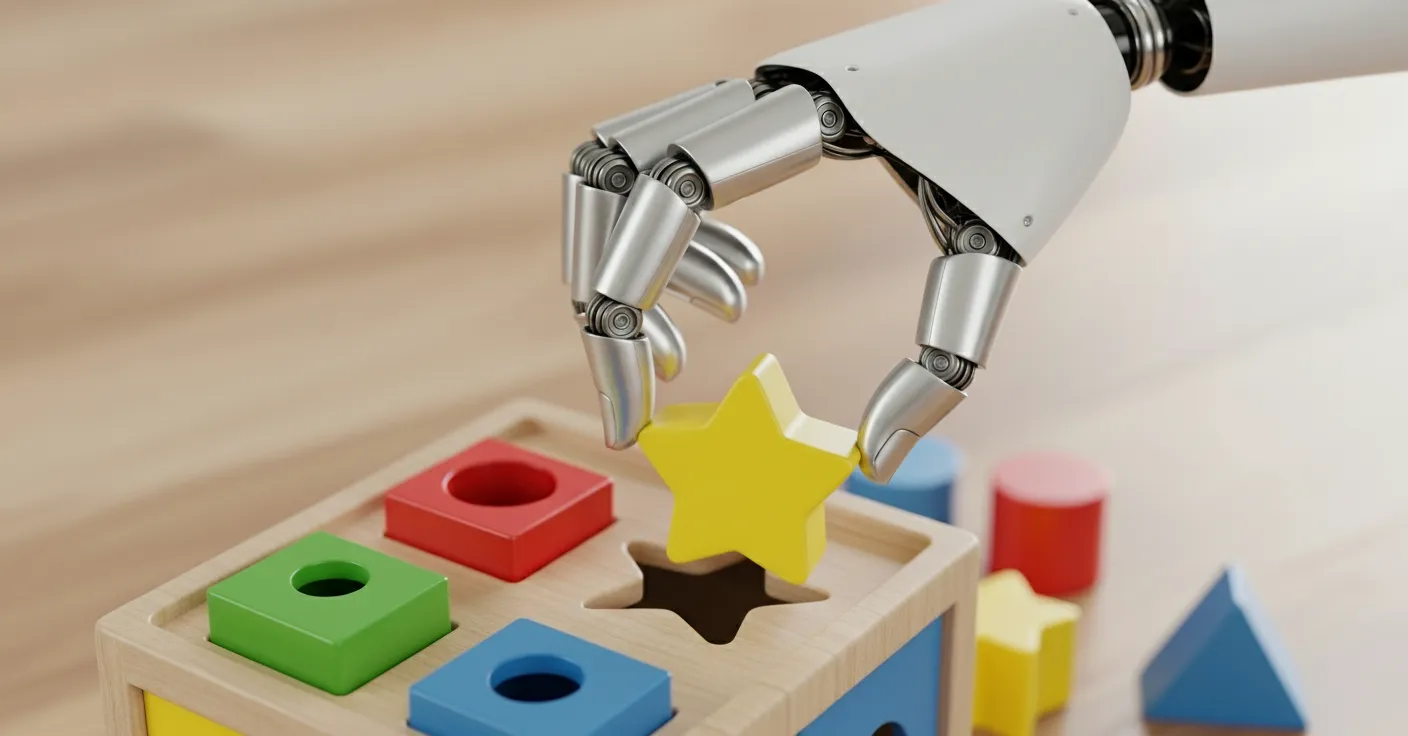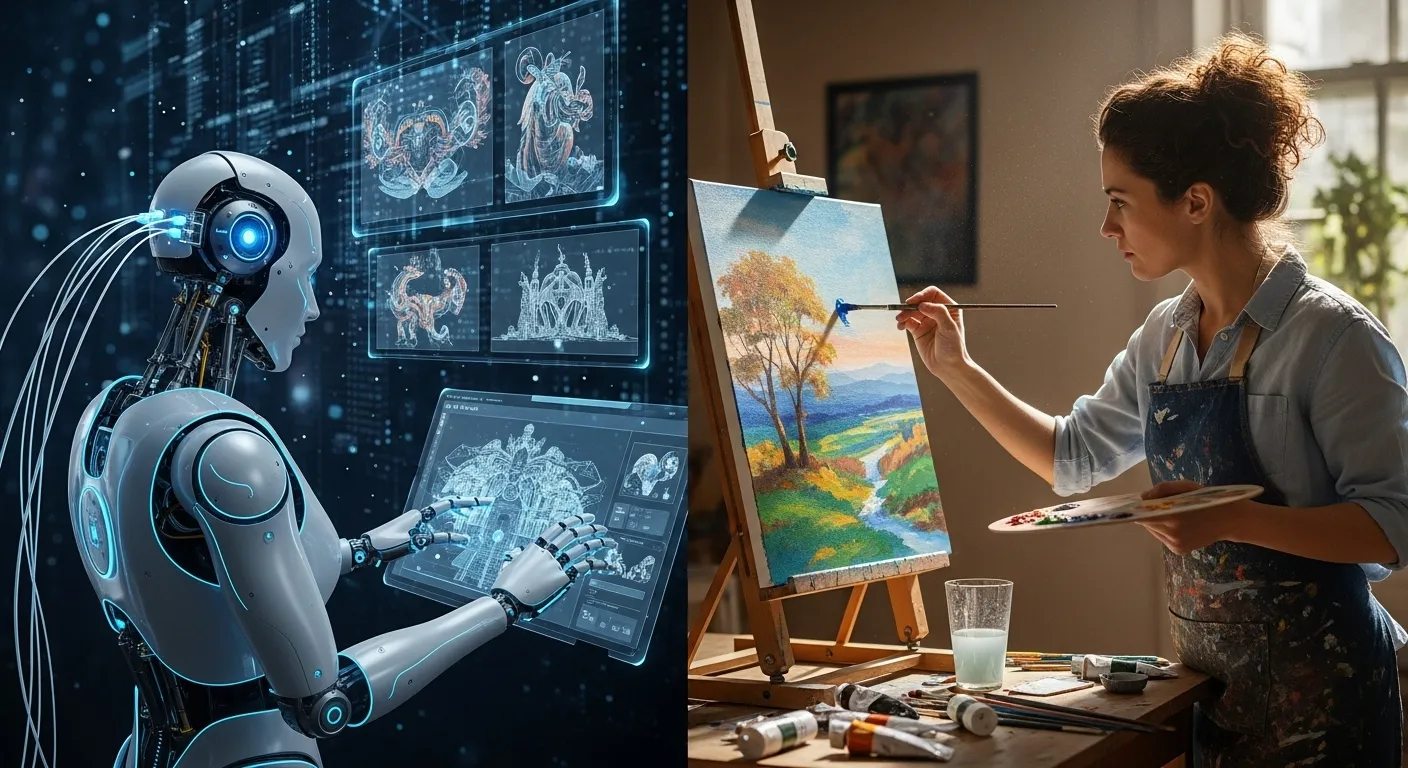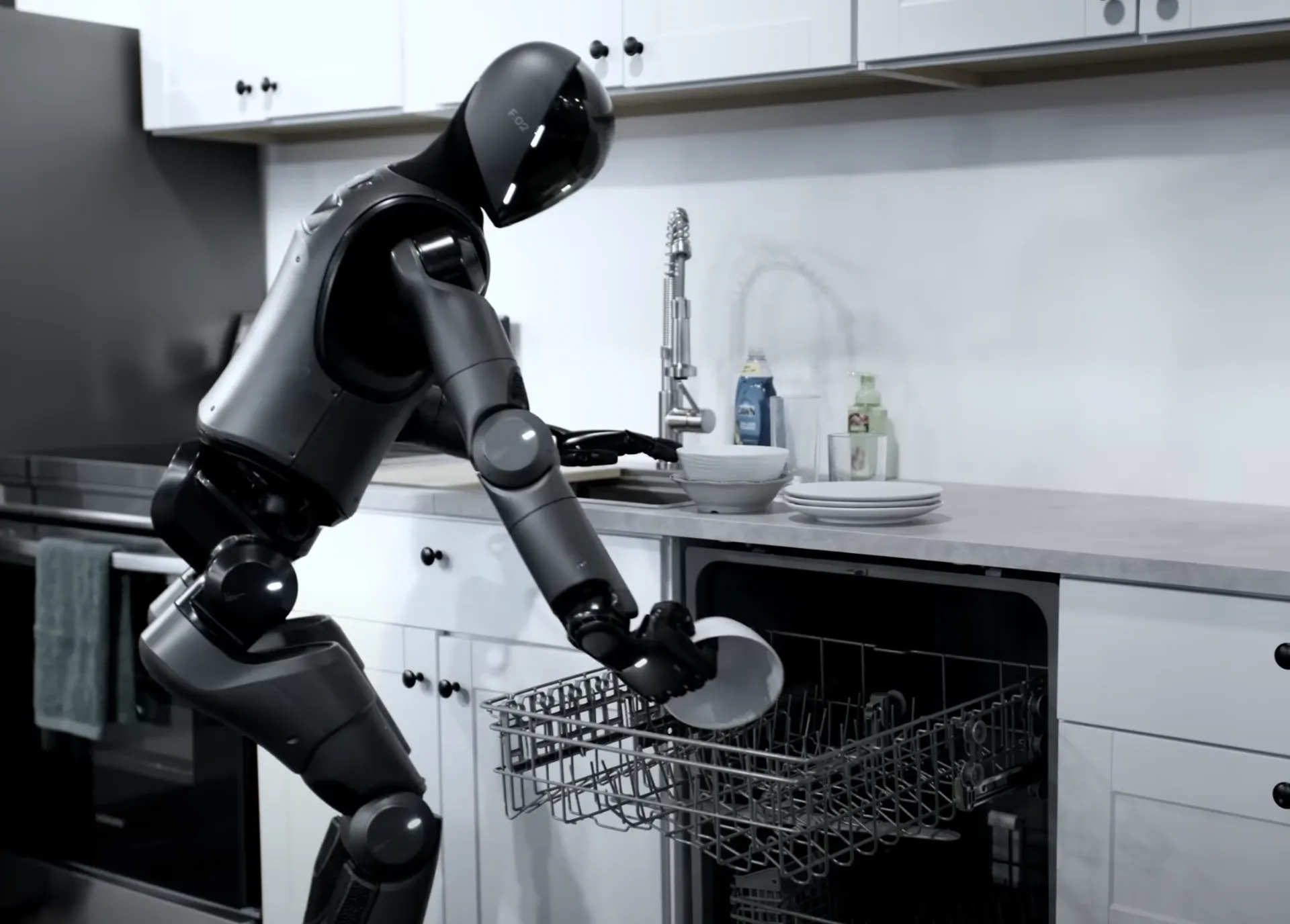Summary for the Thirsty Reader
Here’s a quick breakdown of why getting a robot to fetch you a beer is so tough:
- Seeing is Hard: Robots struggle to identify specific objects in cluttered and messy environments with tricky lighting. It’s not as simple as just "taking a picture."
- Walking is a Balancing Act: Two-legged walking requires constant, complex calculations to avoid falling over, especially in a home full of obstacles.
- The Perfect Squeeze: A robot has to grab the can with the exact right amount of force. Too much, and you get a beer fountain; too little, and it drops it.
- The Awkward Handover: The robot needs to pass you the drink in a safe, predictable, and socially "normal" way.
- Life is Unpredictable: Robots are bad at handling "edge cases"—the thousands of small, unexpected things that can go wrong in a real-world environment, from a slippery can to a curious pet.
The Intro
Of all the futuristic promises we've been given, from flying cars to personal jetpacks, the robot butler seems the most tantalizingly close. We see videos of sleek, humanoid robots walking around, waving, and even doing backflips. So, it’s only natural to assume that asking one to perform a simple task—like grabbing a beer from a table while you’re firmly planted on the couch—should be a piece of cake.
Well, it turns out that this seemingly simple request is one of the most fiendishly difficult challenges in modern engineering. For a robot, fetching a beer is less of a casual chore and more like competing in a bizarre, high-stakes Olympic triathlon.
Let’s break down this Herculean task and see why you shouldn't fire your human roommate just yet.
Part 1: Seeing the Beer (The "Where's Waldo?" of Robotics)
Before your robot can grab the beer, it has to find it. This is the first, and arguably one of the biggest, hurdles. You, a human, can glance at a cluttered coffee table and instantly spot the can. Your brain, powered by decades of experience, effortlessly filters out the remote control, the half-eaten bag of chips, and the stack of mail.
A robot sees the world very differently. Its "eyes" are typically a combination of cameras and sensors like LiDAR, which uses lasers to measure distances and create a 3D map of the room. This sounds advanced, but the raw data is just a chaotic jumble of pixels and points. The robot’s brain (its processor) has to make sense of it all.
This leads to a few problems:
- The Camouflage Challenge: Is the beer can silver, just like the lamp base behind it? Is it partially hidden behind a book? This is called "occlusion," and it’s a nightmare for robots. They have to guess the shape of an object based on only seeing a small part of it.
- The Impostor Problem: Your robot needs to know the difference between a can of beer, a can of soda, and a can of sparkling water you bought during a health kick. To us, the branding and shape are obvious. To a robot that just sees colored cylinders, it’s a tough call.
- Lighting is Everything: What if the sun is setting and casting a long shadow over the table? Or what if the shiny, metallic surface of the can creates a glare? Sudden changes in lighting can completely confuse a robot, turning a familiar object into an unrecognizable blob.
Real-World Analogy: It’s like playing "Where's Waldo?" in a book where Waldo is sometimes hiding behind other people, the lighting keeps changing, and there are a dozen other guys dressed in almost identical red-and-white striped shirts.

Part 2: The Wobbly Walk of Worry
Okay, let's say our robotic friend has successfully identified its target. Now it has to get there. For a humanoid robot, this means walking. On two legs.
Walking is something we humans do without a second thought. For a robot, it's a continuous, terrifying balancing act. Every step is a calculated risk, a controlled fall. The robot's internal sensors (gyroscopes and accelerometers) are constantly screaming information at its processor: "We're tilting 3 degrees to the left! The floor is slightly uneven here! Abort! Abort!"
The robot has to take this information and instantly command dozens of motors in its legs and torso to make tiny, precise adjustments to stay upright.
But wait, there's more! Your living room isn't a sterile laboratory. It's a dynamic obstacle course. There might be a dog toy on the floor, a stray power cord, or the corner of a rug that’s slightly curled up. The robot has to see these obstacles, plan a path around them, and do it all without losing its precarious balance.
Real-World Analogy: Think of a toddler who has just learned to walk. They take slow, deliberate steps, their arms are out for balance, and they stare intently at the floor. A small toy on the ground is a major hazard that requires a full system reboot and a new plan. That’s a multi-million dollar robot right there.
Part 3: The Moment of Truth: The Grasp
The robot has seen the beer. It has navigated the treacherous terrain of your living room and arrived at the table. Now comes the most delicate part of the operation: picking up the can.
This isn’t about just closing a metal claw. The robot's hand, or "end-effector," needs to be incredibly sophisticated. It must answer a series of complex questions in a split second:
- How much force? This is the million-dollar question. If it squeezes too hard, it will crush the can, creating a foamy disaster and a very disappointed owner. If it squeezes too gently, the can will slip and fall the moment it’s lifted.
- What is it made of? The robot needs to understand the object's physical properties. Grabbing a firm aluminum can is different from grabbing a fragile glass, a wobbly plastic cup, or a soft bag of chips. Researchers are developing amazing technology where robots can infer an object's properties just by looking at it, but it’s still an immense challenge.
- Where to grab? Should it grab from the top? The middle? The bottom? Grabbing a full, top-heavy can is different from grabbing a half-empty one.
Real-World Analogy: Imagine trying to pick up a single raw egg with a pair of clumsy kitchen tongs. You have to apply just the right amount of pressure to secure it without cracking the shell. Now imagine doing that after spinning in a circle ten times. That’s the level of finesse a robot needs for a simple grab.

Part 4: The Final Boss: Giving You the Beer
Success! The can is in hand. The mission is almost complete. But now, the robot has to perform the final, surprisingly complex task: handing the beer to you.
This is a social dance. The robot can't just shove the cold can into your face. It needs to navigate the final few feet, recognize that you are the intended recipient, and present the beer in a way that is safe and intuitive. It needs to know how close to get, how high to hold the can, and when to release its grip.
What if you’re not paying attention? What if you move suddenly? A good robot needs to be able to wait patiently and adjust its position. The handover needs to feel natural and predictable, not like a transaction with a rusty, unfeeling machine.
Real-World Analogy: It’s like the slightly awkward shuffle you do when handing something to a person in a tight space. You make eye contact, extend your arm, and wait for them to take it. There's a subtle, unspoken communication that we master as children, but which has to be painstakingly programmed into a robot.
The Unseen Enemy: The Dreaded "Edge Case"
Beyond these four stages lies the ultimate villain of robotics: the "edge case." An edge case is an unexpected problem that the programmers didn't plan for. And in a real home, life is nothing but edge cases.
- What if the beer can is sweating from condensation, making it slippery?
- What if the dog gets excited and nudges the robot's leg mid-journey?
- What if you shout "No, wait, get the other one!" after it has already started moving?
- What if the TV reflects off the can in a weird way that blinds the robot’s sensors?
For a robot to be reliable, it has to handle not just the perfect scenario, but thousands of these weird, unpredictable variations. This is why a robot might perform a task perfectly 99 times in a lab, but fail spectacularly on its first day in a real home.
A Toast to Our Amazing Brains
So, the next time you casually walk to the fridge, weave around a chair, grab a drink, and hand it to a friend, take a moment to appreciate what you just did. Your brain, without any conscious effort, solved a series of problems that stump the most advanced robots on the planet. You are a master of perception, navigation, and manipulation.
While robot butlers that can reliably fetch beer are still a little way off, the journey to build them is teaching us an incredible amount about our own intelligence. Every challenge overcome is a major leap forward. Until then, the best and most reliable beer-fetching machine remains… you.






